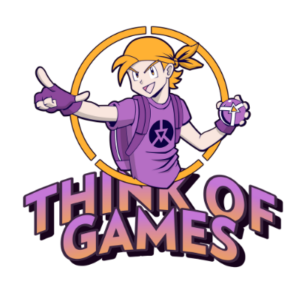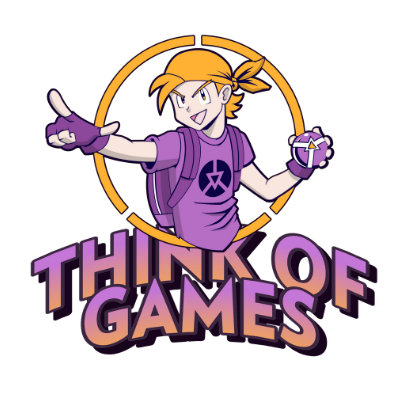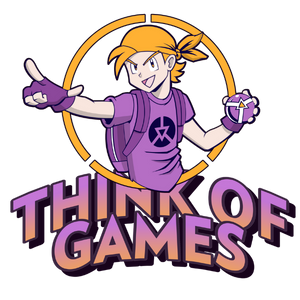E-sports is professional video gaming. It’s a real sport with big tournaments, fans, and big prizes. Players compete in games like League of Legends, Valorant, and Dota 2, with millions watching and competing with live betting odds.
Big Money, Big Business
E-sports is a big business. It made over $1.3 billion in recent years and keeps growing. Big brands like Red Bull, Intel, and Mercedes-Benz are helping it grow. Prize money for top events is as high as traditional sports.
Games That Dominate the Scene
Not every game becomes an e-sport. Some rise fast and fade. Others build a legacy. Here are a few of the heavy hitters:
- League of Legends (LoL): Strategy, fast reflexes, and huge fan appeal.
- Counter-Strike 2: Classic, tense, and skill-based.
- Dota 2: Deep mechanics, high stakes, massive prize pools.
- Valorant: Newer but already massive in the FPS world.
- Fortnite: More than just battle royale, it’s a global phenomenon.
Each game has its leagues, teams, rules, and community. What works for one wouldn’t fly in another. That’s part of what keeps things fresh.
Streaming Is the New Stadium
You won’t always catch e-sports on cable, but online? It’s everywhere. Twitch and YouTube Gaming are packed with live matches, commentary, and pro-player streams. Viewers can watch in real-time, comment, donate, and even interact directly with players.

Top streamers often double as pro players or retired veterans. Some make more from content than competition. Think of them like the Tony Romos of e-sports, still in the spotlight, just in a different role.
The Fans Make It Matter
Let’s not forget the fans. They are the heartbeat of e-sports. Some support teams the same way others follow soccer clubs. There are merch, chants, and even memes. Live events can draw stadium-sized crowds, some with bigger turnouts than NBA games.
The atmosphere at a major event is electric. Lights, music, giant screens- it feels like a rock concert mixed with a Super Bowl. And all for a game most people never learned how to play.
It’s Not Just a Game Anymore
People used to say, “You’ll never make money playing video games.” That’s laughable now. Beyond playing, there are roles in shout casting (announcing games), coaching, event production, content creation, marketing, and analysis.
Some colleges now offer full-ride scholarships for e-sports. High schools are starting varsity teams. Even the U.S. Army has a competitive gaming team. The opportunities are multiplying.
Training, Stress, and Burnout
Behind the fun lies pressure. Players often work 10–12 hours a day. There are no off-seasons. Fans are demanding. Results matter, and careers are short; many retire before age 25 due to burnout, injuries, or stress.

More teams are adding mental health support, personal trainers, and career coaching. As the industry matures, so does the care for the people inside it. It’s still evolving, but it’s a step in the right direction.
Not All Smooth Sailing
With rapid growth come growing pains. Cheating scandals, match-fixing, and harassment have made headlines. Some organizations lack structure. Others are still learning how to treat players fairly.
There’s also the issue of representation. Most top teams are still made up of young men. Women, nonbinary players, and people of color are underrepresented, but that’s beginning to shift. Inclusion efforts are building slowly but surely.
The Global Reach
E-sports is global. While North America and Europe play big roles, Asia leads the pack. South Korea treats e-sports pros like celebrities. China has entire cities built around gaming. Brazil, Turkey, and Southeast Asia are hotbeds for talent.
No language barriers here; games are universal. With the right skills, a player from anywhere can rise to the top.


















